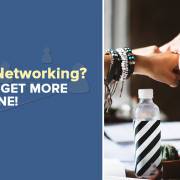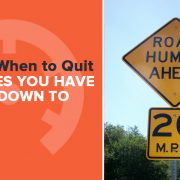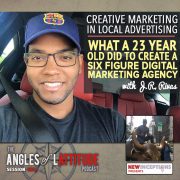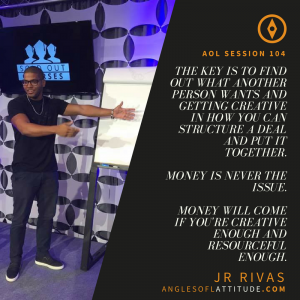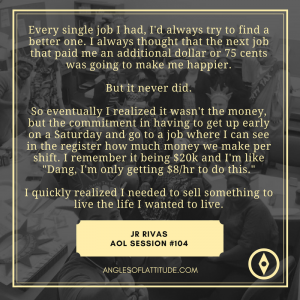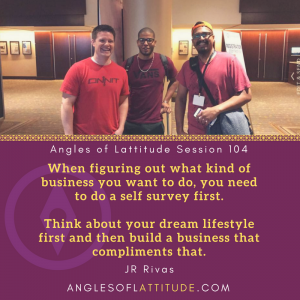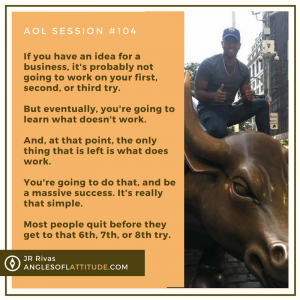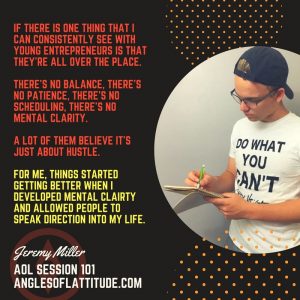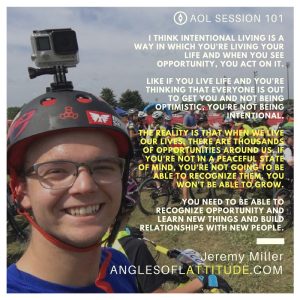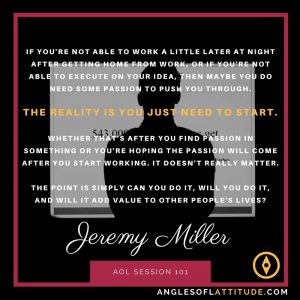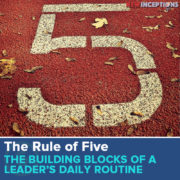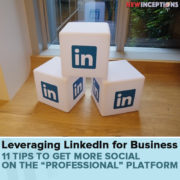What is Networking: A Way to Get More Stuff Done!
With the recent creation of the Junto on Facebook some members have started calling me “networking machine”. I don’t know about that particular title, but one of my joys is getting people and ideas together to do awesome things!
I guess you could call that networking. And if that’s the case, then yeah – I’m a networker. Or as I would rather call it – a Connector.
In this post originally written in August 14, 2012, I wrote about how anyone can be an effective connector. However, to start being a connector – you have to connect first!
So let’s look at how to do that more effectively in our day to day lives:
Identifying Puzzle Pieces:
Yesterday I was on a call where we were talking about the benefits of partnering with nonprofits to expand business. Normally, in the past, this wouldn’t have made sense to me to spend time doing. Why? Because, most of the nonprofits I’ve known about in the past were the type of people that are for a Nanny State. They want to take care of people (which, in theory, is great!) but do it on the dime of the taxpayer (not so great!). They live mainly on grants.
While many nonprofits can be described as this, there are many others that actually perform their own fundraising initiatives. Those were the nonprofits we were talking about – and it was interesting to learn how one might leverage people who you know to break into those nonprofits.
And it got me thinking, how do I network now compared to when I was in school? Even in recent years?
When I was in school, I just randomly met people with very little purpose. Nowadays, I’m always playing the role of HR director in my head.
(For what it’s worth, the call was with Mark Boersma and Tom Kunz)
Networking in Our Daily Lives
If you’re looking to get anything done, there is a list of generalized steps that you’re probably going to take whether you know you’re doing it or not:
- Plan
- Take Action on that Plan
- Get Results
- Re-evaluate the Plan
- Adjust that Action
- Get Different Results
Nowhere in those 6 steps did I mention that other people had to be a factor. Here’s the thing. There’s only so many hours in a day, and there’s only so many strengths that you have. If you spend your time working on your weaknesses to get things done and not on your strengths, you’re going to get a lot less done with your time.
Part of the key of being Great is being Effective. If you use Appreciative Inquiry in how you see the world, you see a lot more opportunities – including opportunities with other people.
Not part of a Traditional Organization?
So, what to do if you’re a solopreneur who’s not part of an organization like a Chamber of Commerce or a Rotary group?
Not a big deal – Just get out to other events and network. Get to know people. Build relationships. The more relationships you have, the more people that you can add value to, the more things will work out for you.
Zig Ziglar is well known for saying, “You will get all you want in life if you help enough other people get what they want.”
Start helping others out!
Who Are These People?
Generally speaking, I like to network with those that I can work with to get something done together. I feel the more productive people that I have in my life, the more, in return, I can get done. I actively think about and look for those people.
In doing so, I consider personalities, strengths, and weaknesses.
I consider personalities because I want easy people to work with. If you’re a particular type of personality, do you want to have similar people like yourself to work with or someone that might be more of a compliment in skills but you think is a complete ass? While having complementing skills can be useful, in the long run, if the personalities don’t mesh, it’ll have a polarizing effect and potentially kill what you both struggle to build.
As mentioned above, I consider strengths because I need people who fill in for my weaknesses.
But I also consider their weaknesses, because I want to make sure that I can offer them something that they don’t possess. And also, depending on what I’m looking for at the moment, I’ll ask them particular questions which I call key questions.
They can be your Potential Clients too!
These people don’t have to be JUST people you are looking to work with, they can and should include your clients. What kind of clients do you want? Whomever you’re trying to attract, you have to consider what they’re looking for. Do a good job with them, and they’ll recommend you to others!
Also, as a friendly reminder: you’re selling yourself all the time. So make sure you’re making a good first impression of yourself by dressing well everyday.
Just as you would dress up for a job interview, in meeting new friends, or going on a date (which is a form of networking), dress up when you are out and about. You should be prepared to meet that next big client!
At least if you dress well, you have a chance. If you don’t dress your part, you’ll surely miss out!
Action Steps:
First of all, join us in The Junto. Networking is the whole point of the group!
Secondly, let me know how you network. What are some of your secrets in making networking sessions effective? Do you have any key things that you’re thinking and/or wanting to know when you’re meeting with people?? I’d love to hear your thoughts below!

